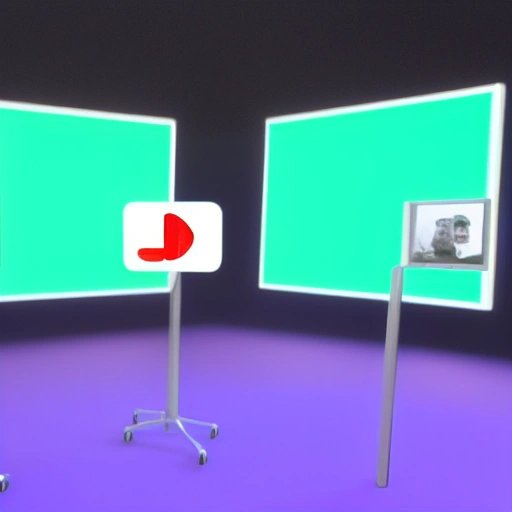In a world where compatibility issues plague us at every turn, it is a rare sight to see two completely different things come together in harmony. And yet, that is exactly what has happened between NTSC and PAL-M. In a love story for the ages, these two video formats have found each other and they are not letting go.
It all started when NTSC was feeling like it was too old for the game. It had been around since the 1950s and although it had its place in history, it felt like its glory days were long gone. That's when it met PAL-M. PAL-M was different than NTSC - it had been developed in Brazil and wasn't as well known as its older, more experienced counterpart. But it had a certain charm that NTSC couldn't resist.
At first, they were just acquaintances. They would nod at each other when they passed in the hallways of electronics stores. But eventually, they started talking more and more. They found that they had a lot in common - they both loved video quality and had a passion for transmitting images across the globe.
Their conversations turned into something more. Before they knew it, they were spending every day together, testing their compatibility and finding new ways to make their video signals mesh. It wasn't easy, of course. There were times when they tried to combine their signals and it just didn't work. But they didn't give up - they kept tinkering and adjusting until they found the perfect balance.
Their love affair didn't just stop at video signals, either. They started exploring other areas of their compatibility. NTSC was impressed by PAL-M's ability to transmit more colors, while PAL-M was fascinated by NTSC's high resolution. They were like two sides of the same coin, complementary in every way.
It wasn't long before they realized that they didn't want to be apart. They talked about merging together for good, becoming one format that would revolutionize the industry. There were some skeptics who thought it was a bad idea - after all, NTSC and PAL-M were fundamentally different. But they didn't listen to the naysayers. They knew that their love was real and that they could make it work.
So that's exactly what they did. NTSC and PAL-M became one, a format that combined the best of both worlds. They were unstoppable, their video signals flawlessly compatible. And they were happy, knowing that they had found love in the most unlikely of places.
In a world that is often divided by difference, NTSC and PAL-M have shown us that love knows no boundaries. They have proved that with patience, dedication, and a little bit of tinkering, even the most unlikely things can come together in harmony. We can only hope that their love story will inspire others to see beyond differences and find common ground.
